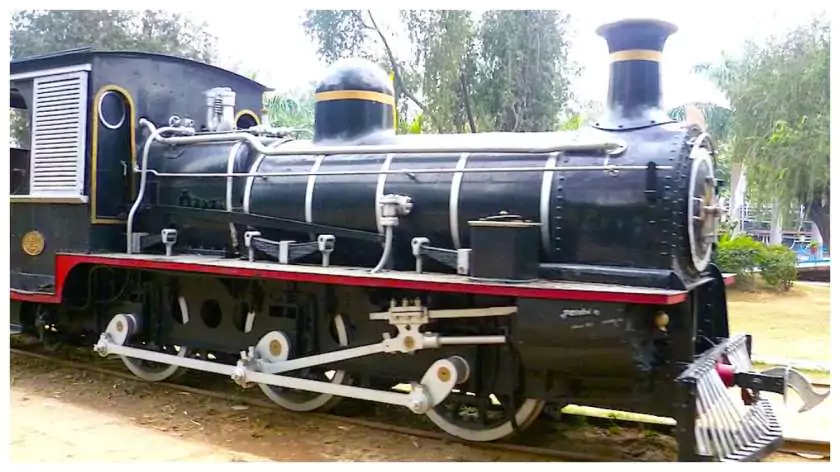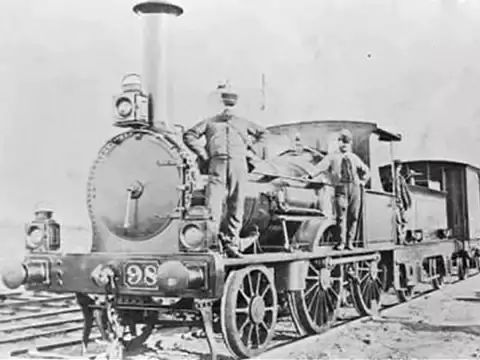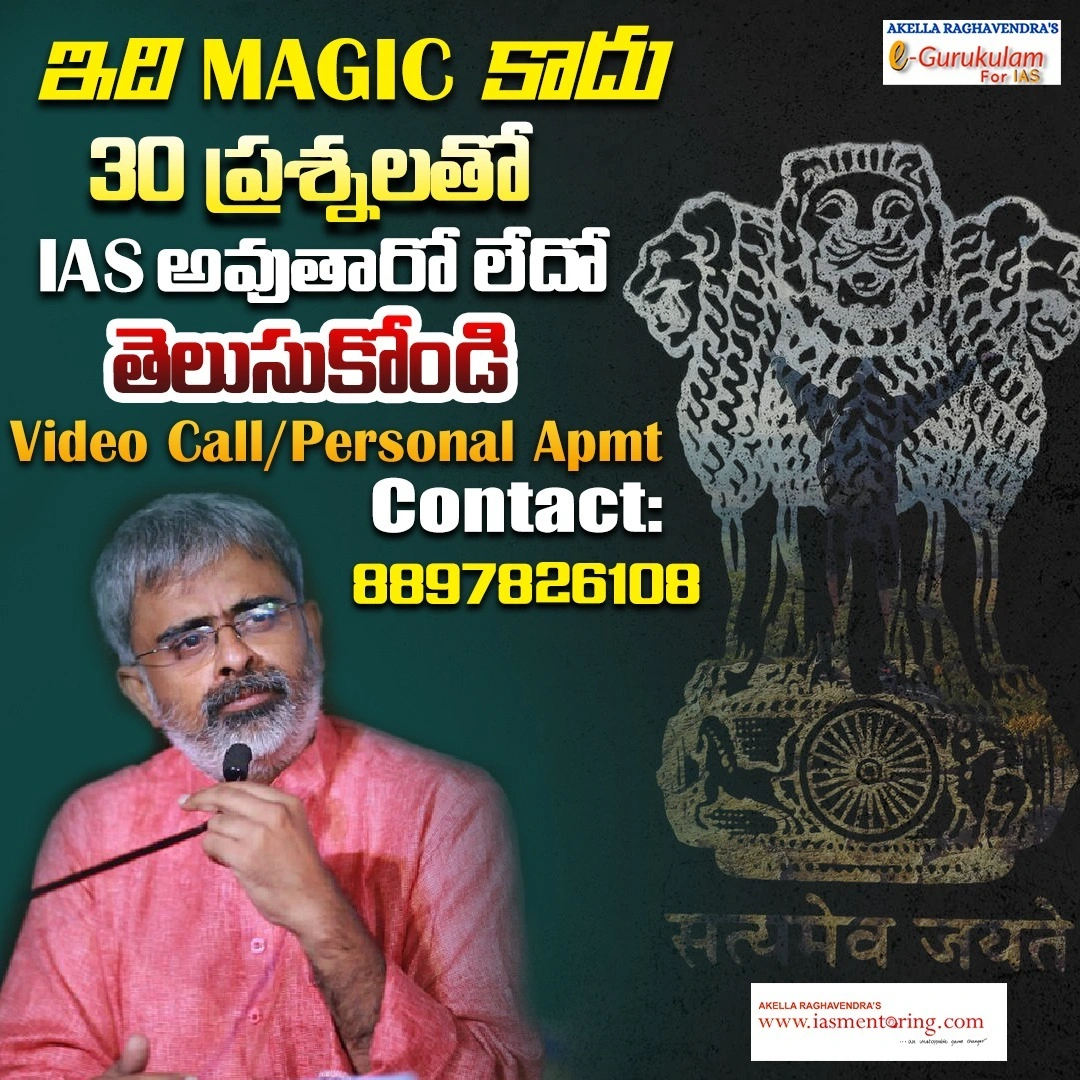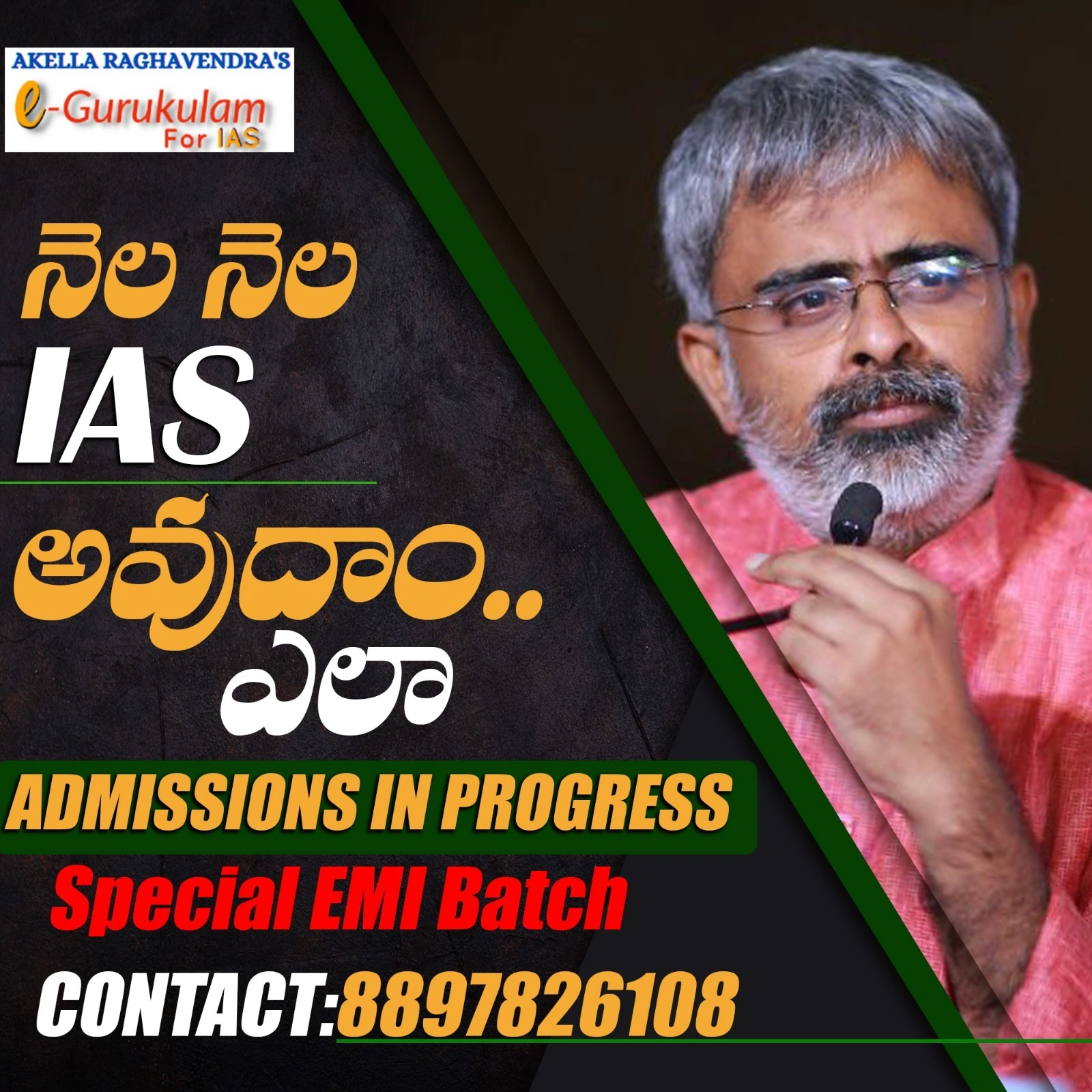First Train in India
The first train in India was inaugurated on April 16, 1853. It ran between Mumbai (then Bombay) and Thane, covering a distance of about 34 kilometers (21 miles). This historic train journey was a significant moment in India's transportation history and marked the beginning of the Indian Railways network.
The train consisted of a steam locomotive named "Sindh", along with a few passenger cars. It was operated by the Great Indian Peninsula Railway (GIPR). The train was a great success and eventually laid the foundation for the vast railway network that today spans the entire country.
The first train journey in India on April 16, 1853, from Mumbai to Thane, was a significant event, and several key figures were involved in the occasion.

Key Officials Present
- Lord Dalhousie - The then Governor-General of India (1848-1856) played a pivotal role in the development of railways in India. He was instrumental in promoting the railway project and pushing for its construction across the country, viewing it as a means to aid in the British administration and communication.
- Sir Jamsetjee Jeejeebhoy - A prominent Parsi businessman and philanthropist, Sir Jamsetjee Jeejeebhoy was among the notable figures of the time and played a significant role in the Indian railway's early development, especially in the funding and infrastructure areas.
- John Clendon - The first Chief Engineer of the Great Indian Peninsula Railway (GIPR), he was responsible for planning and overseeing the construction of the first railway line in India.
At the time, India did not have a President of India, as the office of the President did not exist. The country was under British colonial rule, and the Governor-General was the highest authority, representing the British Crown.
The journey was a grand affair, with several distinguished guests, including British officials and Indian nobility, aboard the first train.
The train's passengers were notable figures, including
- The Maharaja of Savanur
- Raja of Kolhapur
- Sir George Clerk, the then President of the British Board of Directors of the Great Indian Peninsula Railway.













